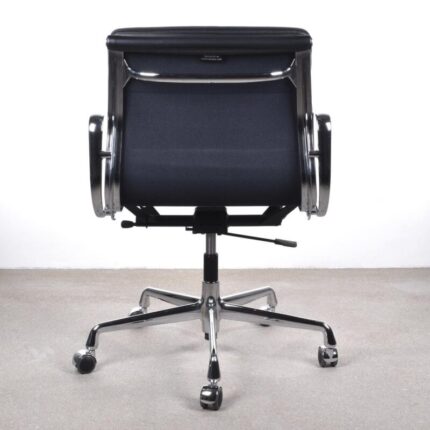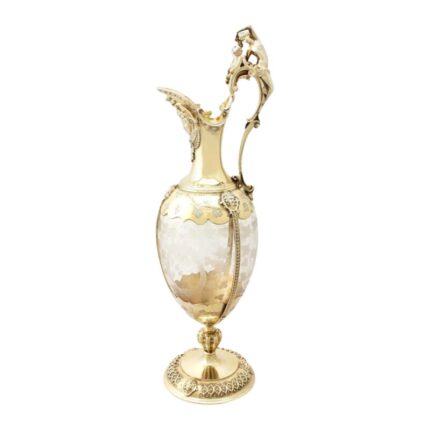The card table is made from superb quality Gonçalo Alves, has the most striking musical instrument marquetry decoration on each leaf and superb gilded ormolu mounts.
The top opens like an envelope, hence the name, and the interior is lined with green baize.
It has a useful drawer to hold your playing and score cards etc, and stands on elegant cabriole tapering legs that terminate in ormolu sabots.
The quality and attention to detail throughout is second to none.
In pristine fully restored condition.
Condition:
In excellent condition having been beautifully restored in our workshops, please see photos for confirmation.
Dimensions in cm:
Height 76 x width 80 x depth 80 – open
Height 76 x width 60 x depth 60 – closed
Dimensions in inches:
Height 29.9 x width 31.5 x depth 31.5 – open
Height 29.9 x width 23.6 x depth 23.6 – closed
Ormolu – (from French ‘or moulu’, signifying ground or pounded gold) is an 18th century English term for applying finely ground, high-carat gold in a mercury amalgam to an object of bronze.The mercury is driven off in a kiln leaving behind a gold-coloured veneer known as ‘gilt bronze’.
The manufacture of true ormolu employs a process known as mercury-gilding or fire-gilding, in which a solution of nitrate of mercury is applied to a piece of copper, brass, or bronze, followed by the application of an amalgam of gold and mercury. The item was then exposed to extreme heat until the mercury burned off and the gold remained, adhered to the metal object.
Gonçalo Alves is a hardwood (from the Portuguese name, Gonçalo Alves). It is sometimes referred to as tigerwood — a name that underscore the wood’s often dramatic, contrasting color scheme.
While the sapwood is very light in color, the heartwood is a sombre brown, with dark streaks that give it a unique look. The wood’s color deepens with exposure and age and even the plainer-looking wood has a natural luster.
Two species are usually listed as sources for gonçalo alves: Astronium fraxinifolium and Astronium graveolens, although other species in the genus may yield similar wood; the amount of striping that is present may vary.
In the high tropical forests of Central and South America, well-drained soils furnish nutrients for a variety of dense, durable hardwoods sought for maritime use, heavyconstruction, and furniture. The Spanish began harvesting in Latin American forests in the early 1500s to provide timber for boatbuilding and repair. By the early 1900s, however, steel ships had replaced wooden ones, and the interest in tropical forests by both Europeans and Americans shifted to appearance-grade woods for furniture.
Although history fails to provide us with a shopping list of species from either harvest period, it’s probable that the wood we know today as goncalo alves has always been sought. That’s because goncalo alves, considered one of the most beautiful of tropical woods, has a tough reputation, too. Strong and durable, it’s used for construction in its homeland and secondarily for fine furniture. Woodworkers elsewhere treasure the wood for decorative items and veneer accents.
-
Dimensions:Height: 29.93 in (76 cm)Width: 31.5 in (80 cm)Depth: 31.5 in (80 cm)
-
Style:Victorian(Of the Period)
-
Materials and Techniques:OrmoluWoodMarquetry
-
Place of Origin:England
-
Period:1880-1889
-
Date of Manufacture:circa 1880
-
Condition:Good
-
Seller Location:London, GB
-
Reference Number:Seller: 09614Seller: LU950616000911












































Reviews
There are no reviews yet.